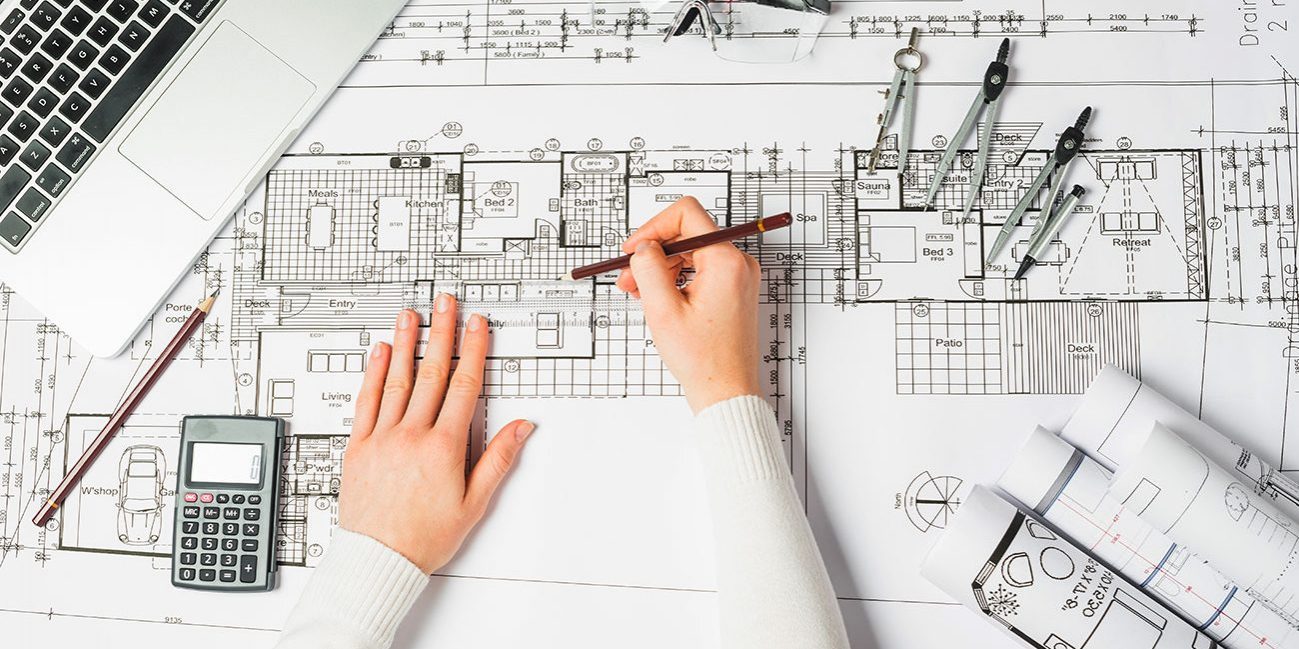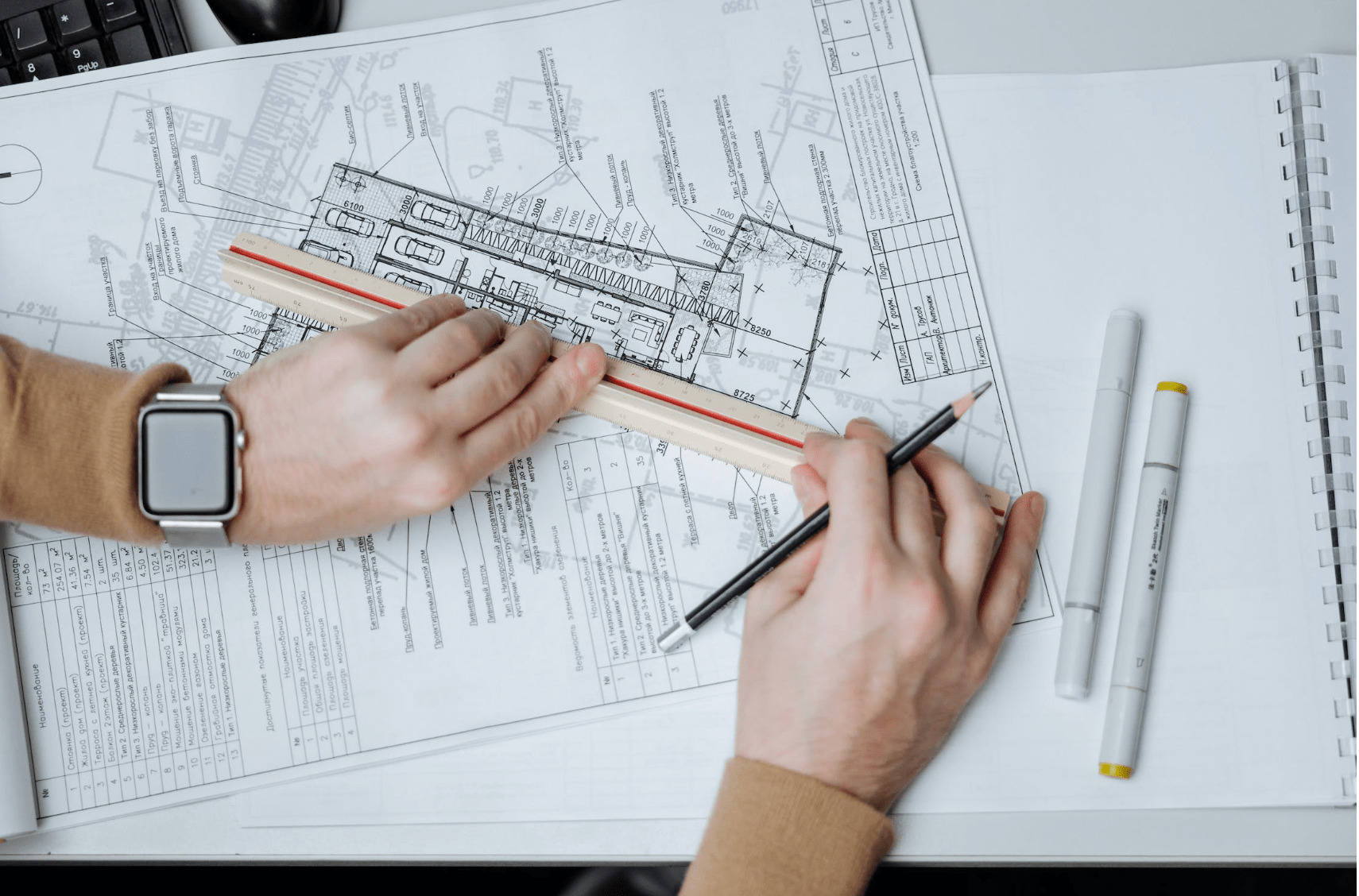Architect Recommended Software for 3D Modeling
Architect Recommended Software for 3D Modeling
Blog Article
Comprehending the Diverse Career Paths Available for Aspiring Architect
As an ambitious Architect, you have a world of career paths waiting on you. Each course supplies distinct difficulties and chances to use your creativity and technological knowledge. Whether you're drawn to standard style or the subtleties of lasting layout, there's a niche that aligns with your interests. Comprehending these diverse choices can shape your specialist trip, yet which instructions will you choose to discover first?
Standard Style: Designing Buildings and Structures
Conventional architecture concentrates on creating buildings and structures that mix performance with visual appeal. As you explore this field, you'll appreciate the intricate balance in between type and purpose. You'll find out to draw inspiration from historical designs, including aspects like balance, products, and craftsmanship. Your designs can mirror cultural heritage, showcasing neighborhood customs while meeting modern-day needs.
You'll create abilities in preparing, model-making, and website analysis, allowing you to visualize and communicate your concepts effectively. Involving with clients, you'll need to recognize their vision and translate it into viable styles.
Additionally, constructing codes and sustainability methods are necessary in your work, ensuring your frameworks are secure and environmentally pleasant. As you grow in your job, you'll discover opportunities in property, business, or perhaps remediation jobs, each offering one-of-a-kind difficulties. Welcoming conventional design leads the means for a satisfying career that admires the past while shaping the future.
Urban Preparation: Forming Communities and Public Spaces
As a hopeful Architect, you can play a vital role as a metropolitan planner, changing exactly how neighborhoods interact and work. By using community engagement strategies, you'll assure that locals have a voice in shaping their environment. Plus, incorporating sustainable design principles will aid develop areas that not just satisfy today's needs however also safeguard the future.
Duty of Urban Planners
While lots of may believe of engineers as the sole dreamers behind buildings, metropolitan organizers play a vital role in forming the broader landscape of communities and public areas. By teaming up with various stakeholders, you'll assist create parks, transport systems, and residential areas that promote social interaction and availability. Your proficiency in spatial design and neighborhood dynamics permits you to picture future growth while maintaining social heritage.
Neighborhood Involvement Approaches
Efficient community interaction strategies are crucial for metropolitan organizers to guarantee that the voices of citizens are listened to and valued in the planning procedure. To cultivate significant discussion, you need to prioritize open online forums and workshops where area members can share their ideas and issues. By proactively including and paying attention feedback, you'll produce areas that mirror the community's requirements, eventually leading to even more effective and sustainable urban settings.
Lasting Design Principles
When developing city rooms, integrating lasting design principles is essential for producing atmospheres that prosper both ecologically and socially. Think about integrating green spaces, like yards and parks, to improve biodiversity and improve air quality.
Designing with water preservation in mind is likewise key-- think concerning rainfall gardens and absorptive surface areas to handle stormwater. Involving area participants during the planning procedure assurances that the spaces you develop satisfy their needs and urge social interaction. By welcoming these concepts, you'll add to vibrant, lasting urban landscapes that profit everybody.

Landscape Architecture: Developing Sustainable Outside Settings
As you explore landscape style, you'll discover crucial design principles that develop beautiful and useful outside spaces. Lasting methods play a vital duty in making sure these settings prosper while lessening environmental influence. And also, you'll find a range of career chances that permit you to make an actual distinction in how people engage with nature.
Layout Concepts in Landscape
Recognizing design principles in landscape architecture is crucial for creating sustainable outdoor environments that balance with nature. You'll need to consider components like range, equilibrium, and percentage to assure your layouts feel natural and inviting. Integrating indigenous plants not only improves biodiversity but also lowers water usage, making your landscape resilient. Think about the flow of area and how individuals connect with it; paths and seating areas should welcome exploration and leisure. Furthermore, take note of seasonal adjustments, creating with materials that enhance the environments year-round (Architect). By prioritizing sustainability and appearances, you can produce outside areas that enrich the area and promote health. Welcoming these principles will establish a strong foundation for your job in landscape design.
Sustainable Practices Introduction
Lasting methods in landscape design not just concentrate on aesthetic appeals but likewise prioritize ecological wellness and source conservation. You can make rooms that advertise dirt health, such as making use of natural materials and practicing permaculture principles. Inevitably, these practices assure your styles benefit both individuals and the atmosphere for years to come.
Job Opportunities Expedition
With a solid foundation in lasting techniques, landscape style supplies a selection of career courses that enable you to make a purposeful influence on the setting. Urban organizers usually collaborate with landscape engineers to produce environment-friendly rooms in metropolitan setups, improving city livability. If you're passionate regarding education, think about ending up being a landscape design teacher, inspiring future generations.
Sustainable Style: Focusing on Eco-Friendly Practices
As you explore your job in style, welcoming environment-friendly methods can set you apart in an affordable field. Lasting style concentrates on developing structures that reduce environmental impact while boosting passenger well-being. By including eco-friendly products, energy-efficient systems, and sustainable structure strategies, you'll contribute to a greener future.
Begin by getting expertise of green certifications like LEED or BREEAM, which can strengthen your credentials. Take into consideration how natural light, ventilation, and thermal effectiveness can optimize style. Collaborate with designers and ecological consultants to introduce options that decrease waste and conserve sources.
Don't fail to remember the significance of area involvement-- appealing neighborhood stakeholders can inspire layouts that integrate with the setting. As clients significantly prioritize sustainability, your proficiency in eco-friendly practices will certainly not just attract tasks yet also accomplish your enthusiasm for responsible architecture. Embrace this crucial facet of the profession, and view your career grow.
Historical Conservation: Protecting and Restoring Cultural Heritage
While look these up you begin on your building journey, take into consideration the essential function of historical conservation in keeping our social heritage. This area concentrates on the security and reconstruction of significant buildings, sites, and frameworks that inform the tales of our past. By involving in historic conservation, you'll help safeguard the building heritage that forms area identity.
As a historical preservation Architect, you'll assess historic significance and assess the problem of structures. You'll work very closely with preservationists and chroniclers to ensure authentic repair techniques are used. This profession course permits you to blend creative thinking with research study, allowing you to create options that respect original products and workmanship.
Your job not just contributes to sustainability by recycling existing buildings yet also why not find out more cultivates a sense of pride within neighborhoods. Accepting this course will help you end up being a guardian of background, preserving the stories and appearances that enrich our lives.
Interior Style: Enhancing Indoor Spaces
Historical preservation and interior design both share a dedication to enhancing the developed setting, yet they concentrate on various aspects. While historic preservation highlights keeping a structure's cultural and historical worth, interior style zeroes in on maximizing interior rooms for capability and aesthetic appeals.
As an aspiring Architect, you'll discover that interior architecture enables you to blend imagination with technological skills. You'll create rooms that not just look excellent yet likewise promote convenience and performance. This area entails comprehending exactly how light, color, and materials communicate within a space, affecting mood and usability.
You'll service various jobs, from residential homes to business workplaces, guaranteeing that each environment meets the requirements of its passengers. By focusing on individual experience, you can transform insides into functional and inspiring areas, making a substantial effect on just how people connect with their environments. Accept the opportunity to boost interior atmospheres and shape the method individuals work and live.
Industrial Style: Combining Capability With Visual Appeals
Commercial style plays a necessary role in producing items that seamlessly useful reference mix aesthetics with performance, making sure that what you use day-to-day is not only aesthetically enticing however also useful. As an aspiring Architect, you can involve on your own in this area, concentrating on making whatever from furnishings to consumer electronic devices. Your work entails understanding customer requirements, products, and making procedures, enabling you to develop innovative options that improve daily experiences.
In industrial style, you'll commonly team up with online marketers, designers, and suppliers, ensuring that your designs are not just lovely but additionally practical. You'll discover to balance kind and function, focusing on usability without sacrificing design. By refining your abilities in mapping out, 3D modeling, and prototyping, you'll be well-appointed to bring your concepts to life. This job course provides a vibrant atmosphere where imagination satisfies usefulness, making it a satisfying choice for architects curious about shaping the products of tomorrow.
Regularly Asked Questions
What Educational Credentials Do I Need to Become a Designer?
To end up being an engineer, you'll require an expert degree in architecture, generally a Bachelor's or Master's. Furthermore, you'll need to finish a teaching fellowship and pass the Architect Enrollment Evaluation to practice lawfully.
Exist Certification Needs for Various Architectural Profession Paths?
Yes, there're accreditation requirements for numerous building paths. Architect. You'll need to pass examinations, full internships, and in some cases pursue specialized training, relying on your chosen focus, like landscape style, city layout, or historical conservation
What Software Program Abilities Are Essential for Architects Today?

How Can I Gain Practical Experience While Researching Style?
You can gain useful experience by interning at building firms, taking part in style competitions, volunteering for area projects, or working together with classmates on real-world assignments. These opportunities enhance your skills and develop valuable links in the market.
What Job Opportunities Exist Outdoors Traditional Architecture Firms?
You can check out different task chances outside typical architecture companies, like urban preparation, interior decoration, landscape style, construction administration, realty growth, and even duties in sustainability consulting. Each deals unique obstacles and benefits.
Whether you're attracted to conventional design or the subtleties of sustainable design, there's a particular niche that lines up with your passions.When creating metropolitan areas, including sustainable style principles is critical for developing settings that flourish both ecologically and socially.As you explore landscape design, you'll discover essential design concepts that produce stunning and practical outdoor rooms.Comprehending style principles in landscape style is vital for producing sustainable outside atmospheres that balance with nature.In commercial design, you'll often work together with suppliers, online marketers, and engineers, ensuring that your layouts are not only gorgeous but likewise feasible.
Report this page